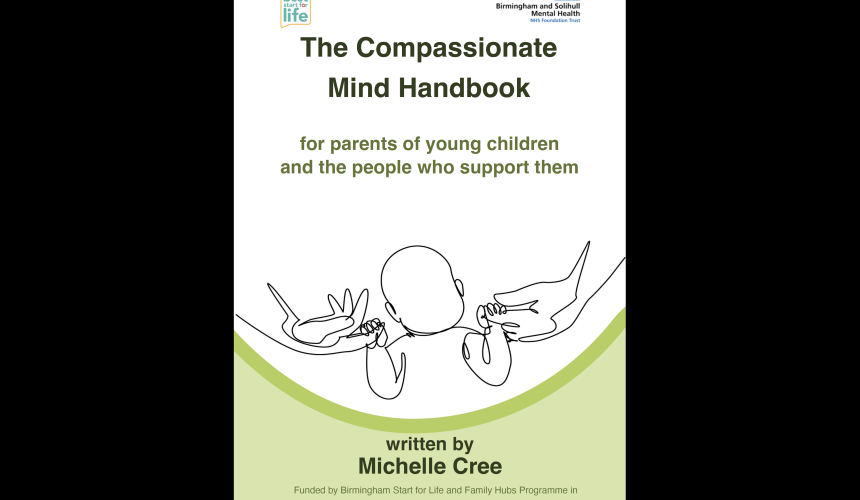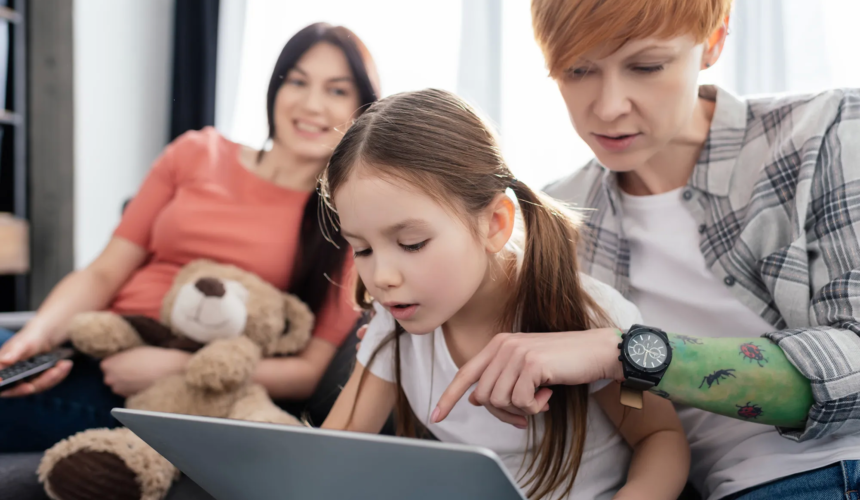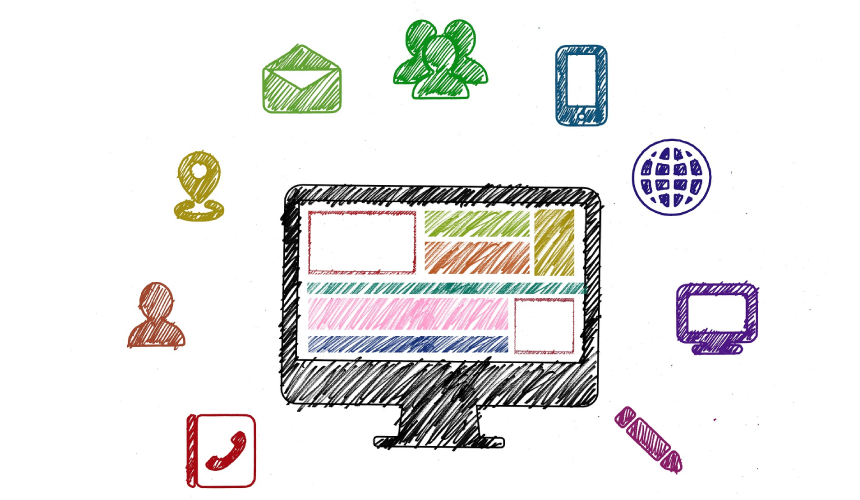

“There is no separation of mind and emotions; emotions, thinking, and learning are all linked.”
Eric Jensen
For more information about what Emotional Intelligence and Social Confidence mean and why they are important to the wellbeing and healthy functioning of young people, please refer to our Primary School section on Emotional Intelligence & Social Confidence.
Research shows that a strong social and emotional foundation in early childhood powerfully impacts children’s later attitudes and behaviours, academic performance, career path, and adult health outcomes. Parents and caregivers can help their little ones develop social-emotional skills from the moment they are born. This refers to: the capacity for strong relationships, emotional awareness, and the ability to recognize, understand, express, and respond to feelings in socially appropriate ways.
Because of the significance of social-emotional development for children’s life outcomes, Too Small to Fail released new resources to help parents and caregivers understand and promote it. Among other findings, their report shows:
Take time to discuss all types of emotions. Paul Ekman, Psychologist from the University of California and the pioneer in the study of emotions, found that there were six major emotions: happiness, surprise, sadness, anger, disgust and fear. There are many other emotions such as annoyance, enthusiasm, nervousness, frustration, boredom, and impatience. Children need to understand these various emotions and learn how to read them in others. When they see their teachers and parents handle difficult situations, they learn how others cope and handle their emotions. They also learn from one another and watch their peers’ reactions in the classroom as well as on the playground.
For children in their early years, an excellent resource is Disney Pixar’s movie, ‘Inside Out’. This movie not only illustrates five of the six major emotions, it is also a good introduction to the brain – how we learn and store memories.
This could involve discussing the characters in a book and asking them to describe what the character may be thinking. “How did Cinderella feel after the stepsisters tore her dress apart?” “Why do you think the stepsisters did such a thing? What were they feeling?”


It is also important for caregivers of young children to support the social and emotional development of their child. We have included behaviour tip sheet in our resource section that may be useful for parents or carers.
As with all matters of wellbeing, taking time to focus on areas such as emotional intelligence and social confidence helps to build an outlook that feeds into the interactions a teacher has with the young people they support. Whilst we are preparing ourselves to help others we must also look after ourselves. We’ve got some advice and guidance on this in the teacher wellbeing section.
Emotional intelligence has been defined as: “the ability to monitor one’s own and others’ feelings and emotions, to discriminate among them and to use this information to guide one’s thinking and actions” (Salovey & Mayer 1989). Social confidence refers to a young person’s ability to manage social interactions and connections.
All young people need exposure to situations in which they can develop emotional intelligence and build the social confidence to sustain meaningful, fulfilling relationships. Social withdrawal and the isolation that accompanies it is linked to whole range of poor physiological and psychological outcomes including high levels of stress in children and adolescents, both at the time and in later life.
Helping a young person learn to regulate themselves is a big step towards them being prepared to better direct and focus their emotions appropriately and advantageously to their continuing emotional development. Breaking down Social and Emotional Learning into Emotional Intelligence and Social Confidence helps us to target specific areas a young person might be struggling with. We have suggested and developed a number of activities around talking about emotions and building social confidence individually and in groups. You can find these in the Resources or Read More sections.

( resources found)










How useful was this info?
Click on a star to rate it!
![]()
© Copyright Breathe 2020- 2024
Terms and Conditions | Privacy Policy
supporters & partners 



![]()
